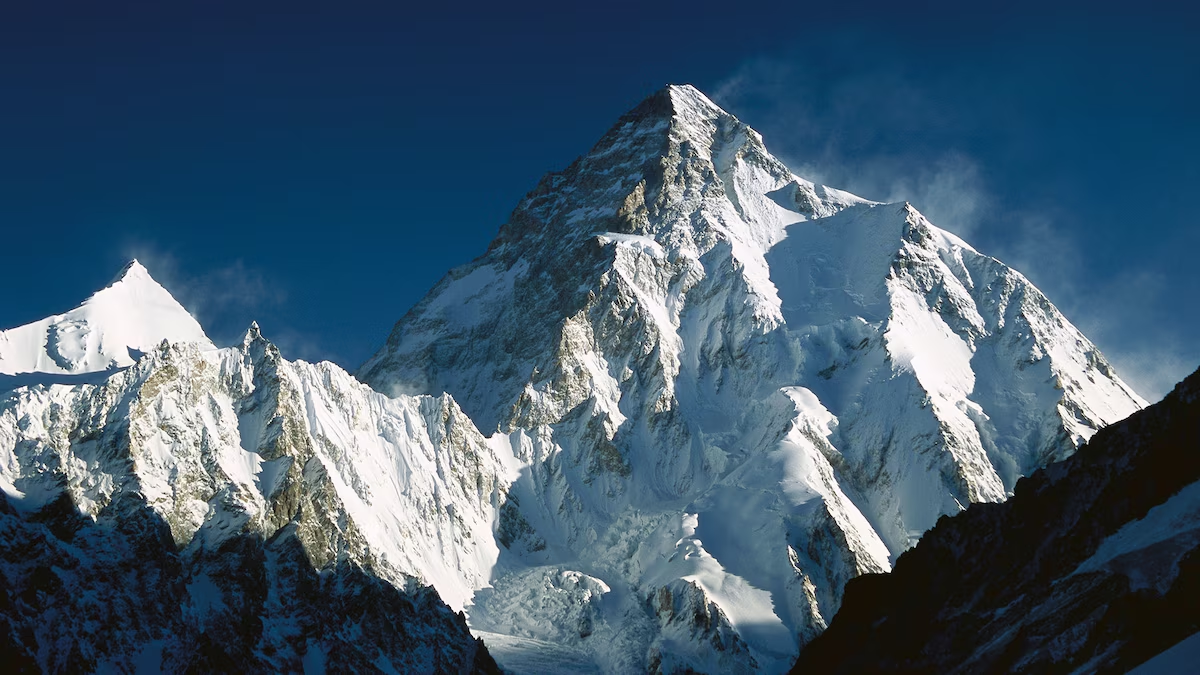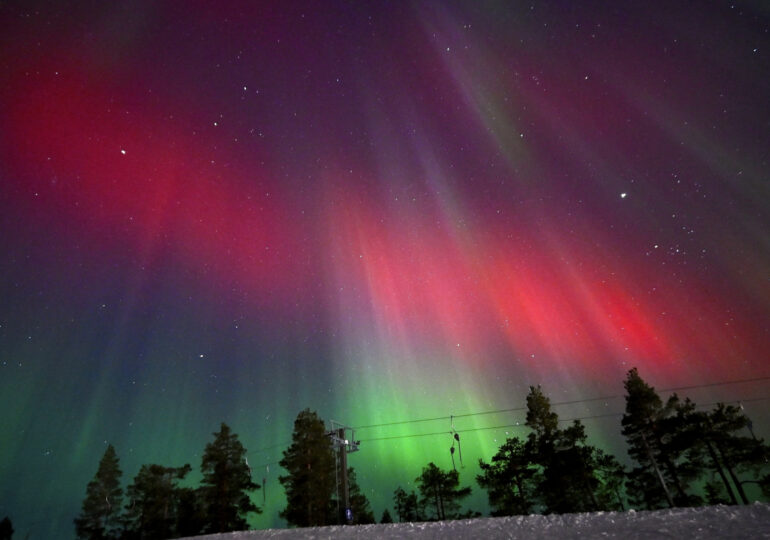Climbing the World’s Other Highest Mountain – No Sherpas Required

When people think of the world’s highest mountain, Mount Everest usually comes to mind, standing tall at 29,032 feet (8,849 meters) above sea level. But depending on how you measure a mountain’s height, Everest may not always take the crown.
If you measure from base to peak, Mauna Kea, a dormant volcano in Hawaii, soars to 33,500 feet (10,211 meters) when factoring in its submerged base. Then there’s Mount Chimborazo in Ecuador, an inactive stratovolcano in the Andes. Though Chimborazo’s peak sits at 20,548 feet (6,263 meters) above sea level, its location near the equator makes it the point on Earth farthest from the planet’s center due to Earth’s equatorial bulge. At 6,800 feet farther from Earth’s core than Everest, Chimborazo can lay claim to being the closest point on Earth to outer space.
Capitalizing on this unique geographic feature, Ecuador has promoted Chimborazo as a prime adventure destination, offering mountaineers a once-in-a-lifetime opportunity. Unlike Everest, Chimborazo is more accessible both physically and financially. Travelers can drive just four hours south from Quito to reach the mountain, making it an ideal spot for adventure seekers who wish to avoid the massive costs and logistics involved with summiting Everest or Aconcagua, the tallest peak in the Andes.
Chimborazo has a rich history of exploration. In the 19th century, German explorer Alexander von Humboldt attempted to summit the peak, reaching around 19,300 feet before descending. British mountaineer Edward Whymper became the first person to reach the summit in 1880. Today, around 500 climbers try their luck each year, with roughly half making it to the top. The main climbing season runs from September to February, although Ecuador’s year-round temperate climate allows for continuous exploration.
Climbing Chimborazo generally takes about two days, with one week of acclimatization recommended. Christian Valencia, CEO of Activexpedition, advises climbers to practice on other peaks such as Cayambe or Cotopaxi before attempting the more technical summit of Chimborazo, which requires experience with crampons and ice axes.
For those not aiming for the summit, Chimborazo offers other adventures. Day hikes take visitors up to 17,000 feet, passing through breathtaking landscapes like the Condor Cocha Lagoon and the glaciers that reveal the stark reality of climate change. Visitors can also meet Baltazar Ushca, the last of Chimborazo’s ice merchants, who still harvests glacier ice, a tradition once vital before the advent of refrigeration.
The mountain is also home to rich wildlife, including the rewilded vicuñas, ancestors of alpacas, and the world’s largest hummingbirds. Forests of ancient queuña trees cling to its higher slopes, surviving where few other plants can.
Chimborazo holds a deep cultural significance, too. It was a site for Incan rituals involving sacrificial offerings to the gods. Today, local Indigenous groups continue to revere Tayta Chimborazo as a powerful spiritual presence, symbolizing the mountain’s importance not only as a natural wonder but also as a sacred place in Ecuadorian culture.
Climbers and hikers alike are drawn to Chimborazo for its unique blend of natural beauty, adventure, and spiritual energy. And with the mountain’s accessibility, it’s a perfect destination for those looking to explore the world’s other highest peak — no Sherpas required.













